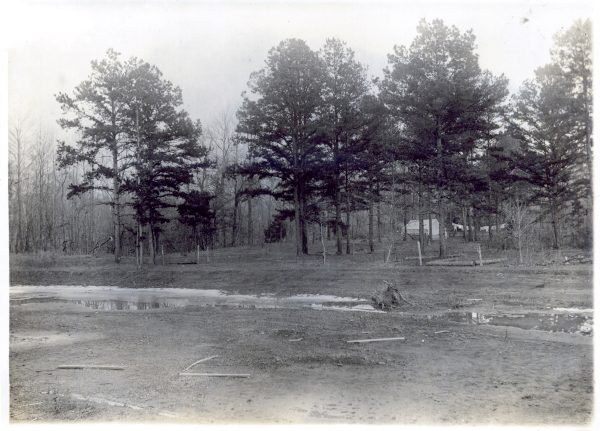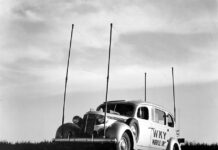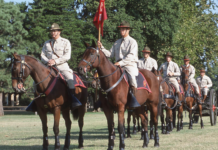The Bankhead Highway, named for long-time Alabama legislator and good roads advocate John Hollis Bankhead, begins in Washington, D.C. and culminates in San Diego, Calif. It was one of the first transcontinental roadways built as the automobile age hit cruising speed in the 1920s. And as the Bankhead Highway makes its way across the United States, it winds through about 25 towns in southern Oklahoma, including Broken Bow, Idabel, Sulphur, Durant and Lawton on its northern, or Red River, branch.
With today’s super highways as a contrast, many would find it hard to believe that there was a time, a mere one hundred years ago or so, that this sleepy little highway was the answer to a big problem: the problem of how people could get where they needed to go, especially in Oklahoma.
As the 19th century was drawing to a close, Americans began to recognize the need for a better road system. This led to the creation of the National Good Roads Association in 1893. Even before Oklahoma achieved statehood, the movement gained traction locally, because the need for reliable roads became more important to the people living here. The Oklahoma Good Roads Association led the charge to encourage the state’s legislature to create a highway department in 1911.
But the system of trails and routes that had previously been used was proving inefficient for 20th century travel, which now included many cars and trucks.
“As the Automobile Age progressed, the number of cars and trucks in the state grew from 15,000 in 1914 to 127,000 in 1918 to 500,000 in 1926,” according to the Encyclopedia of Oklahoma History and Culture. “Roads and trails … that had facilitated travel in the 1800s, by 1900 might lie across someone’s farm or ranch, and not all landowners allowed passage.”
Also during that time, land-survey section lines became the routes for rural roads, causing travelers to often move in a zig-zag pattern that made travel sometimes indirect and cumbersome.
But help was coming from a federal level. Passage of the Federal Aid Road Act of 1916, spearheaded by the aforementioned John Hollis Bankhead, cleared the way for a state highway system. The Encyclopedia of Oklahoma History and Culture outlines how the act provided matching grant money and required the state to have a well-funded and managed highway department.
After the funding and oversight were in place, the Bankhead Highway was then one of 26 original state highways that ran through Oklahoma.
“All were completed by 1925, and in that year, the state system comprised approximately five thousand miles, of which approximately three hundred were paved,” according to The Encyclopedia of Oklahoma History and Culture.
There was still a long way to go to achieve the road system that we have today, but projects like the Bankhead Highway paved the way to progress.

























